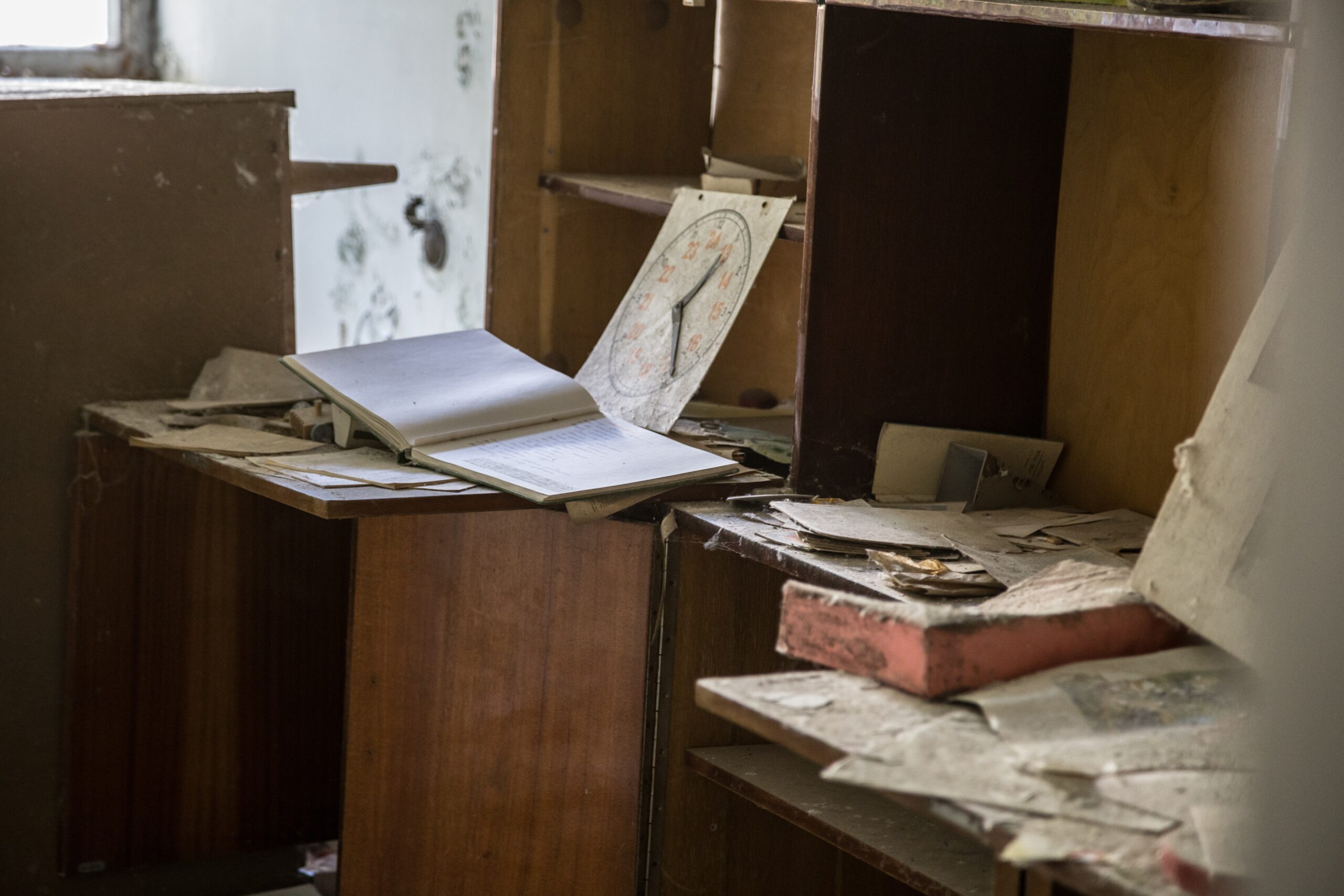When Are Unsanitary Conditions Considered Unlivable?

The word “unsanitary” is commonly used in everyday conversation — we’ve all seen dirty public restrooms or have let our laundry pile up a little longer than it should. But when does a living situation cross the line from merely being dirty to unsafe? How can landlords prevent their units from becoming uninhabitable?
What is Considered “Unsanitary Conditions” in the home?
The legal definition of an unsanitary living condition can vary from state-to-state and even county-to-county. However, generally speaking, these definitions might include but are not limited to:
- excessive dirt or filth in the home
- improper building construction or poor maintenance of living quarters
- buildup of animal or human waste
- insect and/or vermin infestations
- non-functional utilities such as water, gas, or electricity
- broken appliances such as furnaces and stoves.
Depending on the situation, it may take just one or several of these unsanitary conditions to create a situation where a property is deemed unsafe, and thereby uninhabitable. However, the two situations — unsanitary and uninhabitable — are not exclusive. For instance, a residence with a malfunctioning furnace during the colder months could be deemed uninhabitable but not unsanitary; alternatively, a home with a poorly maintained roof or foundation that leaves openings for mildew, rodents, and insects to infest the home, could be both unsafe and uninhabitable.
How Does a Home develop Unsanitary conditions?
Sometimes, the homeowner or renter themselves may be the ones responsible for making a residence unsanitary and/or unsafe. TV programs such as Hoarders and Hoarding: Buried Alive have brought the serious subject of hoarding to the forefront of media attention. According to The Cleveland Clinic, an estimated 2%-6% of the US population is affected with a hoarding disorder.
Hoarders do more than collect clutter; they typically save items long past their normal usefulness. The most commonly hoarded items include paper items like newspapers or magazines, clothing, or packaging (boxes/containers). One of the rarer but most destructive types of hoarding involves keeping animals. Others may preserve trash and other waste materials, including human waste. The problem becomes truly dangerous when the items begin to take over spaces in the home, preventing it from being occupied in a safe manner. One of the telltale signs of a hoarding situation is when items block access to doorways, exits, showers, kitchen appliances, or even toilets. Rather than move or dispose of the items, the hoarder will adapt their behaviors around them.
What Causes Hoarding?
Oftentimes, hoarding behavior is attributed to serious mental illness or disability, although the actual root causes of hoarding is not fully understood. Moreover, it can sometimes be challenging to distinguish a hoarder from a pack rat. The main determination made by professionals, including housing authorities, is whether the disorder is a personal preference or if it is a compulsion that has begun to seriously impact the individual’s health and safety.
How to Report Unsanitary Conditions in the home
If you think that a neighbor or loved one resides in living conditions that could be considered unsanitary or unsafe, it is extremely important to report it. Not only will this benefit them, but it can also prevent future headaches for yourself. After all, it’s easy for a rodent or pest infestation to spread, especially in apartment buildings and houses within close proximity of each other.
Start off by reporting your findings to the landlord (if there is one). It’s always in a landlord’s best interest to mitigate health issues discovered on their property, so they will most likely take swift action. However, if there is no landlord or if the landlord refuses to take proper action, contact your local health department. Before filing a complaint, be sure to brush up on your local tenant laws. There are some minimum requirements that need to be met, often including notifying the landlord and giving them a chance to fix the issue. The amount of time the landlord has to fix the issue depends on your local or state laws.
If you do file a complaint, be sure to include the following (whenever applicable):
- Your name
- Your address
- The address of the affected property
- The issue and how long it has been going on
- Copies of communications with the landlord
Whenever hoarding is involved, it is very easy for unsanitary conditions to become unsafe. Whether you rent or own property, it is important to ensure repairs and maintenance are done as quickly and efficiently as possible. The consequences for not doing so may be a danger to one’s health and safety. Furthermore, if you or a loved one are living in a situation where the sheer volume of your possessions is making your home unsafe, please consider seeking out the advice of a mental health professional in your area.
Aftermath Services has over 20 years of experience in biohazard remediation and hoarding cleanup. We are dedicated to helping people get on the road to recovery by fully disinfecting affected properties in unsafe living conditions, including hoarding, unattended deaths, homicides and suicides. We’re available 24/7/365 so get in touch now to have a team of professionals at your doorstep within a few hours.
People Also Read:
From Salt Lake City to Tallahassee Aftermath provides professional biohazard, crime scene and coronavirus cleanup services to families, employers, and communities. We are dedicated to providing emergency rapid response 24/7/365, so we’ll be there whenever and wherever you need us. When you find yourself asking “What now?”… call Aftermath.
 877-872-4339
877-872-4339  Contact Us
Contact Us 






